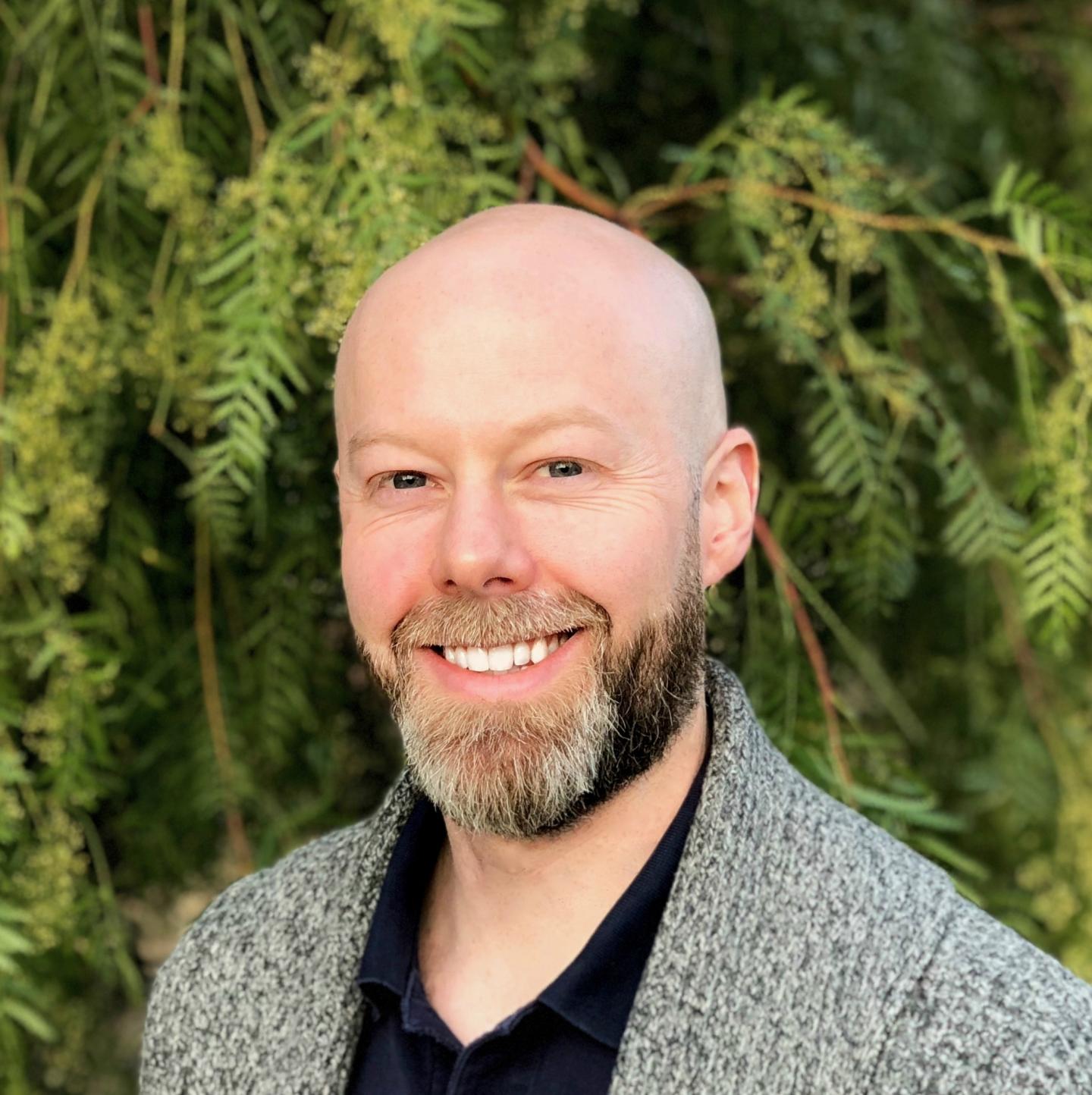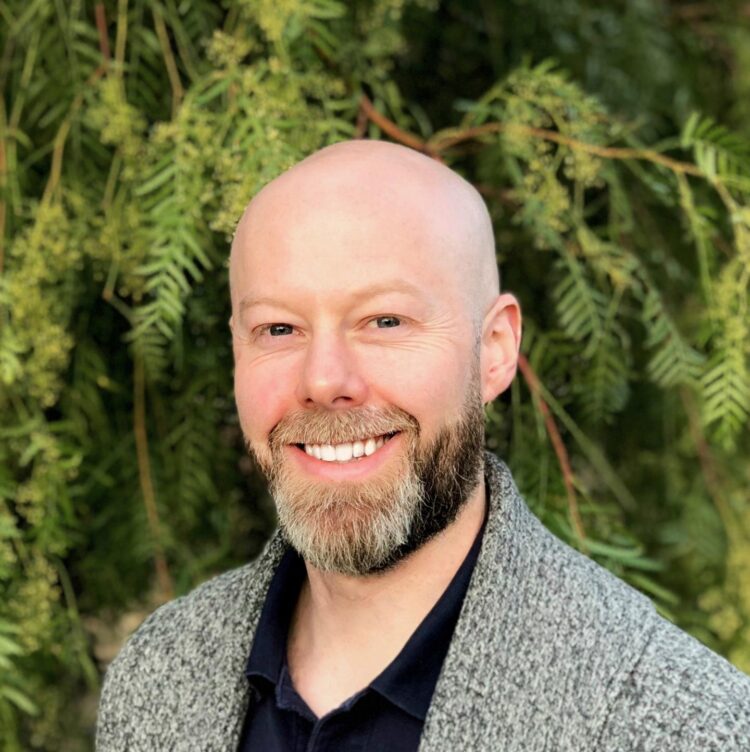Research could lead to the design of new and better treatments to fight disease

Credit: Barton lab, UC Riverside.
RIVERSIDE, Calif. — For several years, physicist John Barton at the University of California, Riverside, has been working on developing models to understand and predict how pathogens, such as HIV, evolve. This research pursuit has just received support from the National Institutes of Health.
Barton, an assistant professor in the Department of Physics and Astronomy, has been awarded a Maximizing Investigators’ Research Award for early-stage investigators, allowing his lab to work on developing methods to understand how different mutations affect the ability of organisms to survive and reproduce.
“We are most interested in viruses like HIV, but in principle, the methods that we’re working on could be applied to many different types of evolving populations,” Barton said.
The five-year grant of nearly $1.86 million, titled “Methods for quantifying selection in evolving populations,” will support two graduate students and two postdoctoral researchers. Barton will work with Rebecca Lynch at George Washington University to apply some of his lab’s methods to study how HIV evolves to escape from antibody responses within patients.
Barton explained that evolution plays a central role in many public health challenges.
“For example, bacteria can evolve to become resistant to antibiotics, and cancer cells can evolve to hide from the immune system or to resist chemotherapy,” he said. “The methods that we’re developing may allow us to get a better understanding of how processes like these take place, which may ultimately lead to the design of new and better treatments.”
The grant will allow Barton to build mathematical models that describe how pathogen populations evolve.
“We will try to understand what the data can tell us about the evolutionary process,” Barton said. “We plan to apply our methods to a few important problems. One application is to understand how HIV-1 evolves to escape from the immune system. We also plan to use our methods to improve the interpretation of high-throughput mutagenesis experiments.”
Barton acknowledged that the data can be complex and difficult to interpret with existing methods, which motivated him to try a new approach to better understand how different changes at the genetic level were driving evolution at the population level.
“The question we’re thinking about is one that’s been considered by population geneticists for a long time,” he said. “Two of the more novel features of this project are that we’re developing methods to look specifically at genetic sequence data that’s been collected over time, which is an underexplored area; and we’re using some mathematical techniques that are common in physics but not so well known in population genetics, which makes our approach more computationally efficient than most prior work.”
###
Barton, an expert in statistical physics, came to UCR from the Massachusetts Institute of Technology in 2018.
The University of California, Riverside (http://www.
Media Contact
Iqbal Pittalwala
[email protected]





